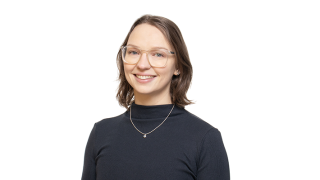Ion recycling opens the way to research into the heaviest elements

From the burning of wood to the action of medicines, the properties and behaviour of matter are governed by the way chemical elements bond with one another. For many of the 118 known elements, the intricate electronic structures of the atoms that are responsible for chemical bonding are well understood. But for the superheavy elements lying at the far edge of the periodic table, measuring even a single property of these exotic species is a major challenge.
- Superheavy elements are highly unstable and can only be produced in accelerator laboratories in minute amounts, which makes research particularly challenging. Every measurement requires extremely high precision and cutting-edge technology, explains Staff scientist Mikael Reponen from the University of Jyväskylä, who participated in the research.
Trap between two mirrors
The electron affinity is the energy released when an electron is added to a neutral atom to form a negative ion, or “anion”. It is one of the most fundamental properties of an element, determining how it forms chemical bonds.
- Conventional electron affinity measurements involve sending anions of the element under investigation through the path of a laser beam. The laser frequency is then tuned to find the exact photon energy above which the extra electron from the anion is removed, which corresponds to the electron affinity of the neutral atom, says Reponen.
However, for unstable (super)heavy elements, which are produced at a rate of a few anions per second or less, this single pass of the anions through the laser beam is insufficient to measure the electron affinity.
- The research collaboration based at the ISOLDE laboratory at CERN solved the problem by developing a multi-reflection flight time device (MIRACLS). In this trap, the anions are reflected back and forth between two electrostatic mirrors. This method significantly increases the time during which ions can be examined with a laser and enabling exact measurements even with extremely small sample quantities, specifies Reponen.
MIRACLS integrates basic research and medical applications
The effectiveness of the method was verified in this work using chlorine, and it opens up the possibility of measuring electron affinity in the nuclear chart region, where experimental data has been almost entirely absent until now.
- This breakthrough, which follows an earlier electron affinity measurement of astatine, not only deepens our understanding of chemical bonds, but may also have applications in basic research and medicine for example in the development of new treatments, rejoices Reponen.
The study was published in Nature Communications on 3.11.2025.







